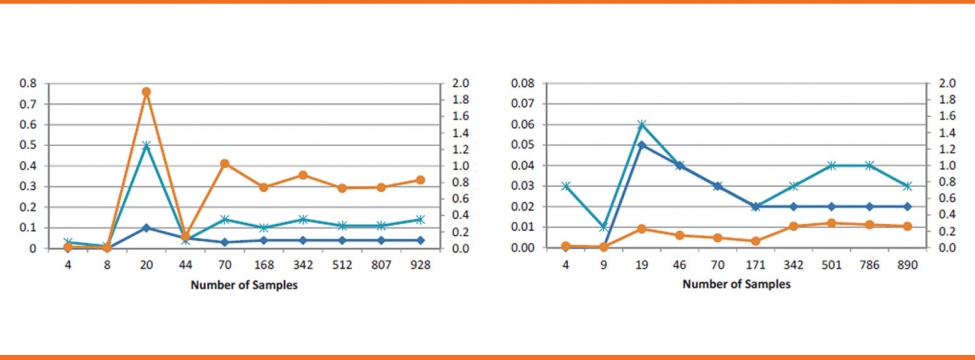To serve you better, our new website displays information specific to your location.
Please visit the site and bookmark it for future use.
Geostatistics and Sample Numbers from an Acid and Metalliferous Drainage Perspective
Various Australian and international regulatory bodies (Environmental Protection Authority, 2015) require an early assessment of the geochemistry of waste rock. This usually includes estimates of the locations and volumes of potentially acid-forming (PAF) materials and requires sampling of the waste rock zones as well as submitting the samples for a series of tests. We know that the required number of samples will vary depending on rock type, mean sulfur levels and spatial variability of sulfur as well as total volume. The key question is how do we know when we have enough samples?
This extended abstract describes the application of geostatistical methods to examine how sample numbers and sample locations influence the preliminary conclusions that may be drawn for early stage waste characterisation.





